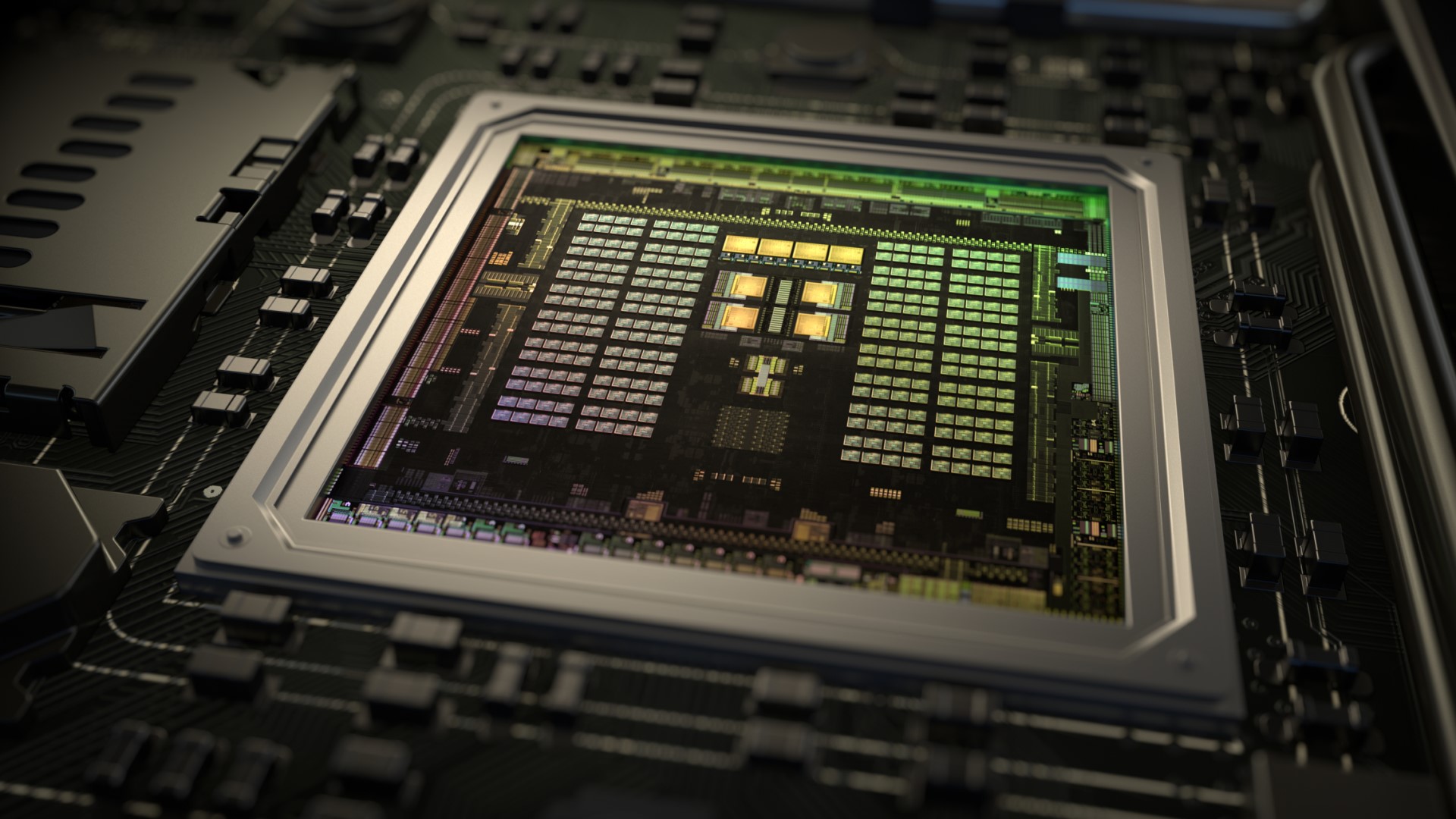Nvidia Tegra Xavier rides into the sunset as support for ARM- and Volta-based chip is pulled
Tegra194 gets a removal request

Nvidia has ended Linux support for its Tegra Xavier processors, which incorporated Arm cores and a Volta-based integrated GPU. The end of support effectively means Xavier is a legacy product, just under six years since it's release in 2018. The Volta architecture hasn't really been relevant since 2020, the year that Ampere GPUs were released. That Nvidia is ending support for Xavier may bode poorly for other Volta GPUs.
As a new part of Nvidia's Tegra lineup, Xavier was intended for robotics and other AI applications, thanks to its Volta graphics processor. There are actually two different variants: the T194 and the NX, with the T194 being the fully enabled chip and the NX having some CPU and GPU cores disabled. Although Nvidia specifies "Tegra194" in the removal request, it's likel that the NX chip falls under that same umbrella given that the NX model seems to just be cut-down from the T194.
What's interesting is that, out of all of the Tegra chips to see an end of support, it's a relatively new model instead of one of the older ones. The key difference seems to be that Xavier's Volta graphics isn't nearly as popular. The X1 found a home in Nintendo's Switch game console, and the X2 seems to be riding on the X1's coattails, as the X2's Pascal architecture is pretty similar to the X1's Maxwell.
Volta's only use outside of Xavier was in server and professional graphics, and even then its presence there was faint. There was the Tesla V100 and Titan V in 2017, and then the Quadro GV100 in 2018, and then finally 2022's CMP 100HX mining GPU. In 2018, its place in Nvidia's product line became further complicated when the Turing architecture launched. Although Volta had fast HBM2 memory and more Tensor cores than Turing, it lacked hardware-accelerated ray tracing and was much more expensive to produce.
Ampere's launch in 2020 basically made Volta irrelevant. Even though it still had more Tensor cores than the biggest Ampere GPU, Volta's maximum 32GB of VRAM was becoming insufficient, it was based on TSMC's aging 12nm process, and its CUDA cores were becoming outdated, especially due to their lack of ray tracing support.
It's kind of remarkable Nvidia maintained support for this small lineup for so long, given its relatively unimportant place in the company's business. But with Nvidia ending support for Xavier, it could forecast the same fate for the other Volta GPUs.
Stay On the Cutting Edge: Get the Tom's Hardware Newsletter
Get Tom's Hardware's best news and in-depth reviews, straight to your inbox.
Matthew Connatser is a freelancing writer for Tom's Hardware US. He writes articles about CPUs, GPUs, SSDs, and computers in general.
-
LinuxDevice It is end of life for new features, e.g., which CUDA release is supported without Docker. Actual production and bug/security fixes still remain alive.Reply -
abufrejoval Reply
Volta was a GPGPU-only design aimed at ML, robotics and self-driving, not consumer gaming.Admin said:Nvidia ends Linux support for its silicon that incorporated Arm cores and a Volta-based integrated GPU.
Nvidia Tegra Xavier rides into the sunset as support for ARM- and Volta-based chip is pulled : Read more
That doesn't make it "unimportant".
Of course its main advantage, the ability to run FP16 code at speed, turned out to be out of favor with the AI crowd rather quickly, because those needed range over precision and thus BF16 or other more proprietary formats.
It became outdated rather quickly, that's true. But it was an extremely important milestone for Nvidia and where they and AI are today.
At basically marks the turning point where GPU designs became compute-first, gaming-second where before it had always been the other way around.
And if you're lucky enough to find that your workload still fits on a V100, grab a used one on the cheap while you can. Be sure to read the fine print, though, because they need external fans.
